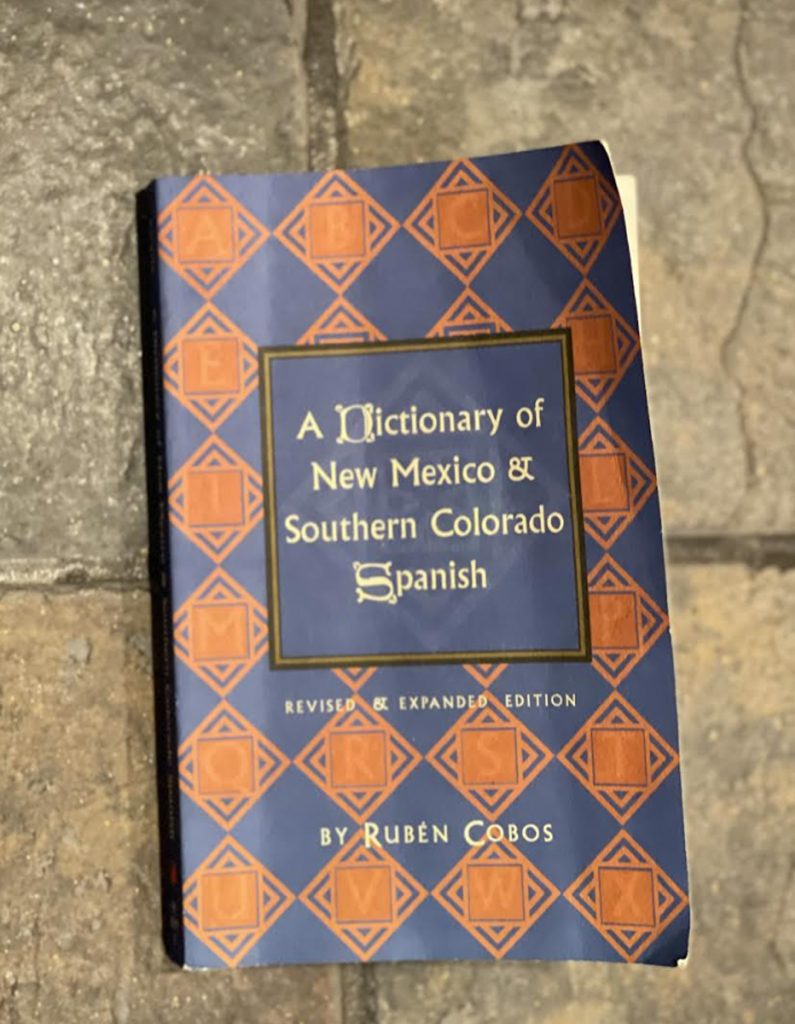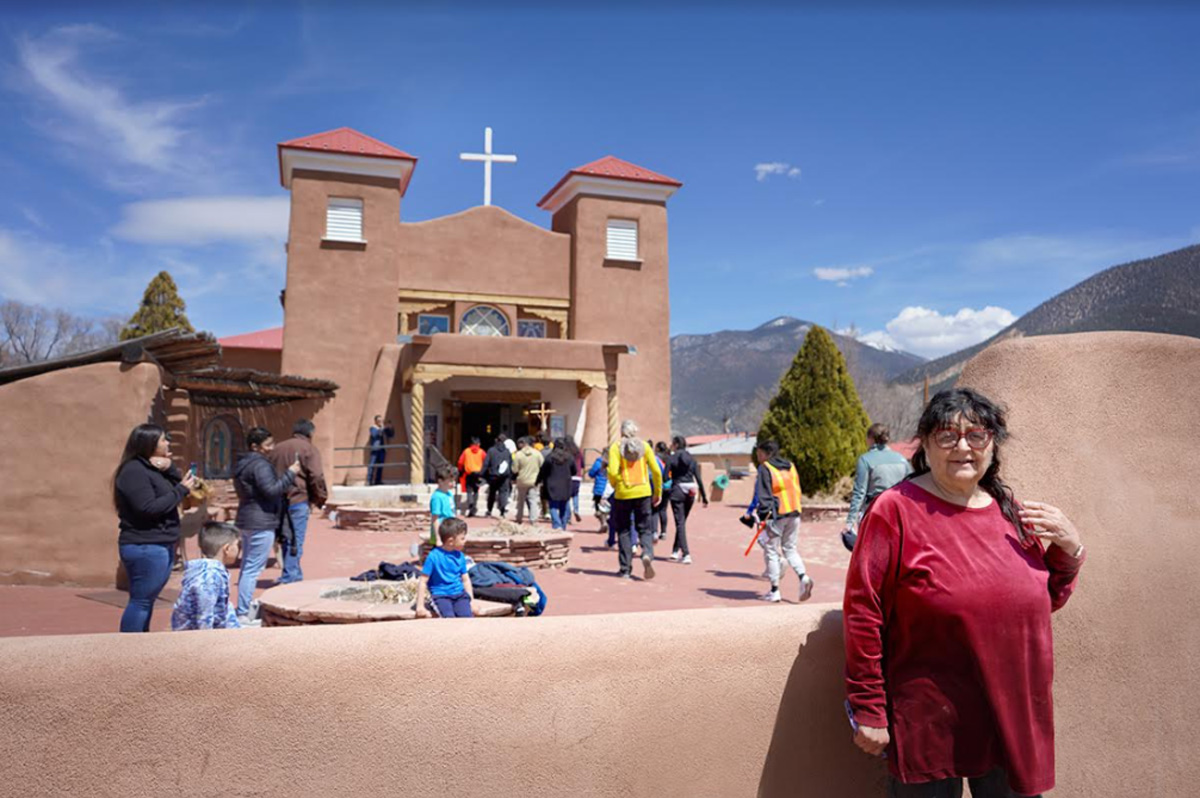Questa has taken the main stage, being featured in the April 9 New York Times article written by reporter Simon Romero, focusing on the unique dialect spoken in northern New Mexico. The article starts by highlighting locals who gather at Rael’s Coffee Shop on any given day, sharing mitote (gossip) about the latest happenings in Questa as well as learn about current events and things planned for the next month.

Romero interviewed local Cynthia Rael-Vigil, whose family has been in northern New Mexico and southern Colorado for centuries, noting how the unique dialect of the region is slowly, but surely fading away. In reference to her 11-year-old grandson, Cynthia tells the reporter, when discussing her grandson’s relationship with the language, “he has no interest. Kids his age master the internet; that’s all in English. I sometimes wonder, did my generation not do our part to keep the language alive?”
Romero also visited the Monte Carlo where he spoke with former Mayor Mark Gallegos and visited Questa school, taking photographs of Questa Mariachis and their instructor, Rachel León.
Romero goes on to discuss his own experience growing up in Ribera where his earliest memories involved listening to his grandmother chatting in the Spanglish dialect, weaving English and Spanish words together intrinsically and seamlessly as she cooked tortillas in her kitchen. The article goes on to say that New Mexican Spanish is often described as a sampling of the 17th century golden age Spanish, imported directly from the Old World and somehow meticulously safeguarded in isolation.
While northern New Mexico is being recognized nationally for its unique dialect, authors like Ruben Cobos have been hard at work for years, documenting the unique linguistic qualities of el norte (the north) still in place to this day, words and phrases that are 17th Century Spanish, influenced by indigenous Native American language. Cabos has released several books, including Cuentos from my Childhood: Legends and Folktales of northern New Mexico, A Dictionary of New Mexico and Southern Colorado Spanish, and Refranes: Southwestern Spanish Proverbs, all of which focus heavily on northern New Mexico and it’s unique traditions and dialect.
When reading the Dictionary of New Mexico & Southern Colorado Spanish, you will find each word is identified by an English definition, then is followed by a sentence. Some excerpts from the dictionary below:
Echar: to pour, to be lying down, to chase away, to miss. Echale mas agua a los frijoles (put more water on the beans)
Encuerdo: to have a twist in your back or your neck. Tengo un cuerdo en mi hombro (I have a knot in my shoulder)
Troca: Truck. Mi troca esta corriendo bien (my truck is running well)
Tapita: Bottle cap or small lid. Esta tapita esta pequeño (this bottle cap is small)
Trastes: Dishes. Voy a llavar los trastes esta mañana (I am going to wash the dishes this morning)
Fogón: Fireplace. Echale mas leña en el fogón (Put some wood in the fireplace)
Fuistes: You went. ¿Fuistes a misa? (Did you go to mass?)
Escaparse: To escape. ¿Se cayó? No, se escapo de caer. (Did they fall? No they escaped a fall.)
Capturing and documenting the unique pieces of our culture have never been more important for the Questa del Rio News. Having a historical record is sometimes the only way cultures are preserved and recognized when looking back at history. While it is worrisome that pieces of our culture are slowly and surely disappearing before us, it’s also encouraging that so many norteños are making efforts to preserve our culture.
Would you like to share an old tradition, recipe, memory, or story? We’d love to write about it. Send an email to editor@questanews.com to connect with us.


